

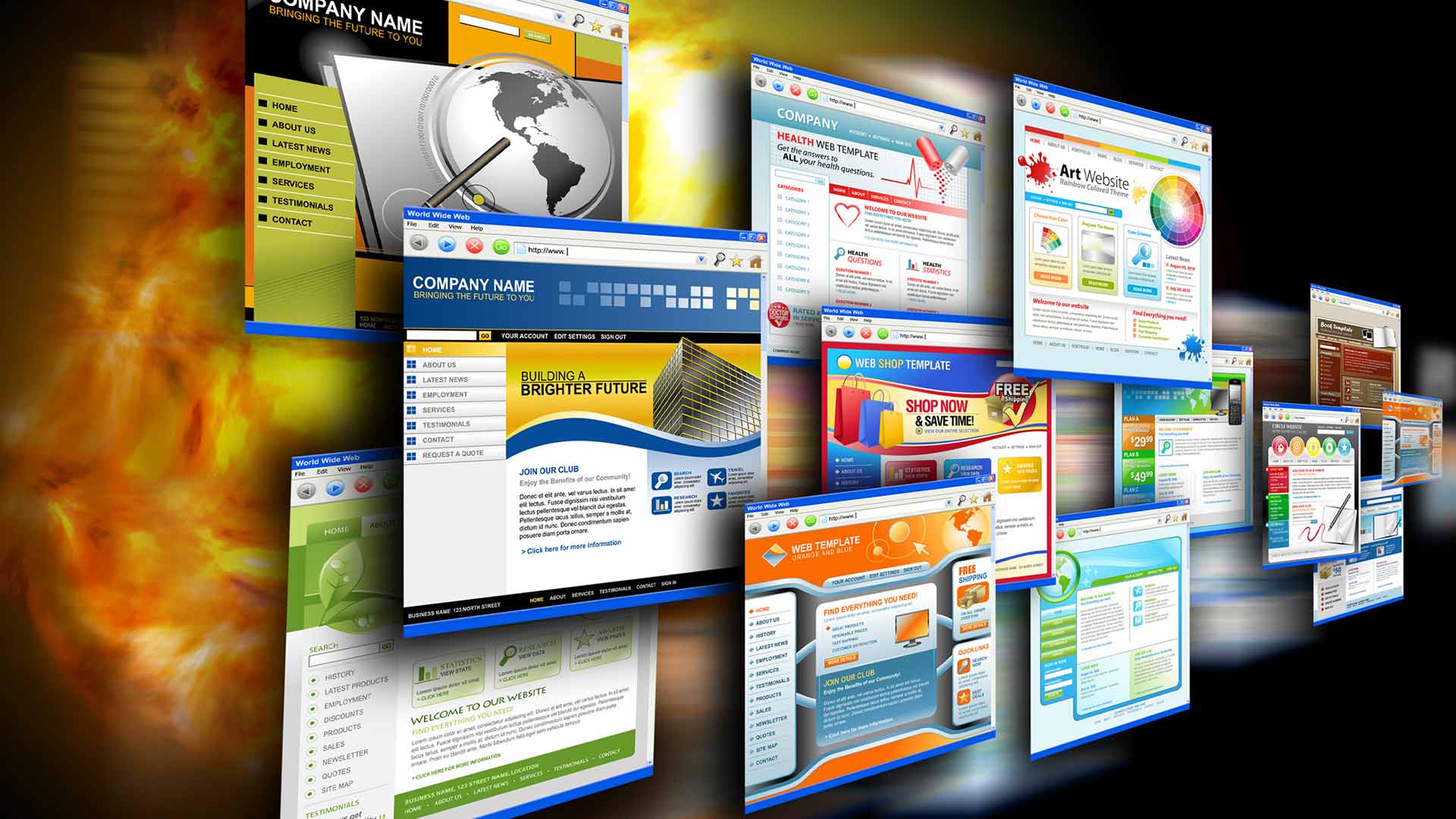
It’s thought that as many as 380 new websites are created every minute. That’s over six websites every single second!
With so many different Types of Websites out there, it makes sense to sort them all into many different ‘types’. In fact, when talking about types of websites, you could write a list that goes on forever – not that we plan to, of course!
Websites can be categorized in terms of functionality, design, and content. This means that if you were to ask an editor to name ‘the different types of website’, they would give you a completely different answer to a web developer or casual shopper.
It might not be realistic to list every single type of website, but here are 11 that crop up again and again. Bear in mind that most websites could (and probably will!) fit into one or more of these categories:
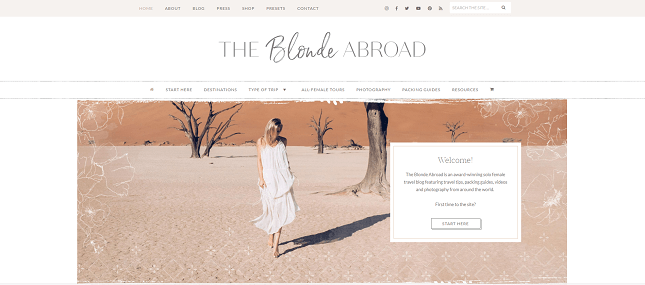
A blog is a website that’s regularly updated, run by one person or a small group, and is normally written in a laid-back style.
In terms of the content, when it comes to blogging, the world really is your oyster. Hell, there’s even a blog about oysters!
Even if your site won’t be a blog, it’s still a handy extra feature to add interest and authority to your site. Just make sure you’re committed to keeping it fresh and updated!
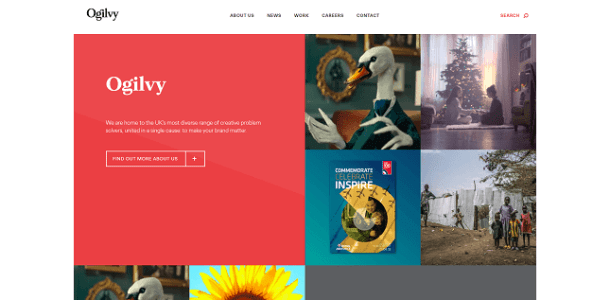
A business website is any kind of website that represents your business. Even small local businesses need a simple online presence (see ‘Brochure’ below) to be taken seriously in today’s digitally-minded world.
A website is one of the easiest ways to show what your business is all about, and find those all-important new customers. Your website should have an about page, and details of how people can find you. After that, the sky’s the limit. Check out our ‘Ecommerce’ section below for businesses that plan to sell directly through their website.
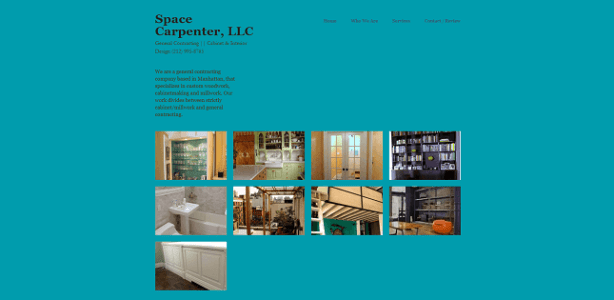
When categorizing websites by functionality, a ‘brochure’ website is the simplest type. Brochure websites typically only have a few pages and are used by small businesses that need a simple online presence. They effectively act as an online brochure, giving an overview of what the business is, and how you can get in touch. The content on these websites is generally pretty ‘static’ – that’s to say it’s rarely updated.

Crowdfunding is the modern way to fund your idea. From the sublime to the ridiculous, crowdfunding was the secret to bringing everything from fidget cubes to meat soap to market.
Crowdfunding websites work by taking ‘pledges’ of different amounts from lots of people, in order to hit the target amount needed to produce the product. Popular crowdfunding websites include Kickstarter and Crowdcube.

An e-commerce website is any website that directly sells a product or service. Not to be confused with a business website, with an e-commerce website you can add products or services into your cart, and pay for them through the site. Ecommerce makes up an ever-increasing portion of sales in the US.
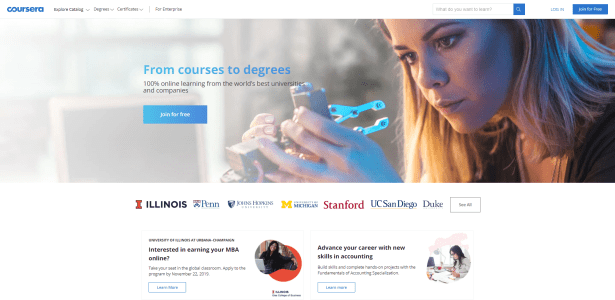
The term ‘educational’ covers a broad range of websites.
Educational websites use any combination of games, articles, videos, and images to educate their audience. These might be geared towards fun learning for children or offer courses to adults, such as Coursera and EdX.
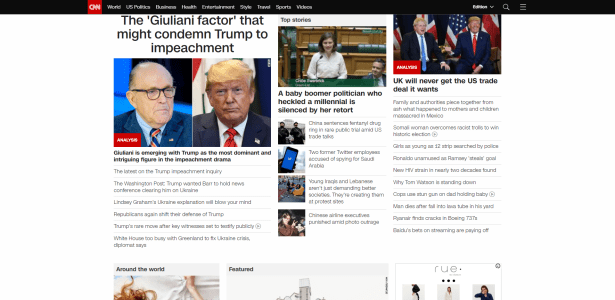
Media websites contain regularly updated content on current affairs, weather, sports, and entertainment. News sites like CNN and entertainment sites like ELLE both fall into this category.
The content on media sites is dynamic, meaning it’s updated regularly. Big media sites will publish multiple articles and videos every single day.
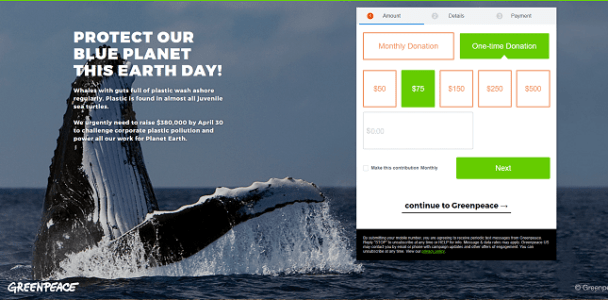
Nonprofits may not be classed as businesses in the same way, but they still need a website. These will generally be quite simple, outlining what the nonprofit is about and showing visitors how they can get involved, donate, or support in some other way. Nonprofit websites will often have a function to collect email addresses, and to create a database of people interested in keeping in touch with the organization through newsletters.

You might have heard the phrase ‘personal brand’ bandied around, and having a website can form a huge part of this.
Share pictures, share thoughts or treat your site like a digital CV. The choice is yours!
You don’t need to be creative (see ‘Portfolio’ below) or a blogger (see ‘Blog’ above) to benefit from having your own website – and you don’t even need to spend any money-making one.
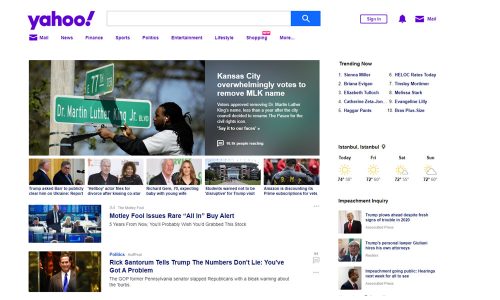
Portal websites, like Yahoo, bring together information from lots of different sites and present them in one place.
Web portals can be internal websites for organizations like schools, or for big businesses. It’s a centralized place to share news, training, and updates, and for students or employees to access their emails and files. Users will need their own specific login to access these portals.

If you’re a writer, artist or designer, you’ll want to go one step further than a personal website – this is where a portfolio website can help.
These are a way for creatives to showcase their work to future employees, market themselves as freelancers, and generally get their name (and work) out into the big wide world.